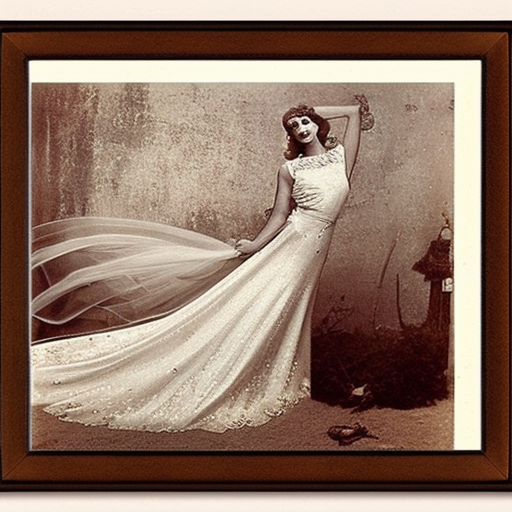Vintage Fashion: A Timeless Style
Vintage fashion refers to clothing and accessories that were produced in a previous era and have since gained popularity for their unique style and historical significance. From the glamorous dresses of the 1920s to the rebellious looks of the 1970s, vintage fashion offers a glimpse into the past while allowing individuals to express their personal style in a distinctive way.
The Appeal of Vintage Fashion
Vintage fashion has gained a devoted following due to several factors. Firstly, it offers a sense of nostalgia, allowing individuals to connect with a specific time period or cultural movement. Secondly, vintage pieces are often one-of-a-kind, providing a sense of exclusivity and individuality. Additionally, vintage fashion is often associated with high-quality craftsmanship and attention to detail, making it a desirable alternative to mass-produced contemporary clothing.
Types of Vintage Fashion
Vintage fashion encompasses a wide range of styles and eras. Some popular categories include:
- Victorian and Edwardian: Known for their ornate details and structured silhouettes, these styles date back to the late 19th and early 20th centuries.
- 1920s and 1930s: The Roaring Twenties brought about flapper dresses and dropped waistlines, while the 1930s saw the rise of bias-cut gowns and tailored suits.
- 1940s: During World War II, fashion was influenced by rationing and utility, resulting in practical yet elegant designs.
- 1950s: This era is known for its full skirts, cinched waists, and feminine silhouettes, epitomized by the iconic New Look by Christian Dior.
- 1960s: The swinging sixties introduced mod fashion, characterized by bold colors, geometric patterns, and mini skirts.
- 1970s: This decade embraced bohemian and disco styles, featuring flowing maxi dresses, bell-bottom pants, and platform shoes.
How to Incorporate Vintage Fashion
Incorporating vintage fashion into a modern wardrobe can be a fun and creative process. Here are some tips to consider:
- Start with accessories: Adding vintage accessories, such as statement jewelry, scarves, or handbags, can instantly elevate an outfit and add a touch of vintage charm.
- Experiment with mixing eras: Combining pieces from different eras can create a unique and eclectic look. For example, pairing a 1950s blouse with high-waisted jeans from the 1970s.
- Consider alterations: Vintage clothing may require alterations to fit modern body shapes and sizes. Working with a skilled tailor can help ensure a perfect fit while preserving the integrity of the original piece.
- Research and learn: Familiarize yourself with the characteristics and details of different eras to make informed purchasing decisions. This knowledge will help you identify authentic vintage pieces and avoid replicas.
The Sustainability of Vintage Fashion
In addition to its style appeal, vintage fashion is often celebrated for its sustainability. By purchasing and wearing vintage clothing, individuals can reduce their environmental impact by giving new life to existing garments instead of supporting the production of new ones. Vintage fashion also promotes a slower approach to consumption, encouraging individuals to value quality over quantity and invest in pieces that will stand the test of time.
Conclusion
Vintage fashion offers a timeless style that allows individuals to express their creativity and connect with the past. With its wide range of eras and styles, vintage fashion provides endless possibilities for creating unique and personalized looks. By incorporating vintage pieces into their wardrobes, individuals can embrace sustainability and make a fashion statement that stands out from the crowd.












